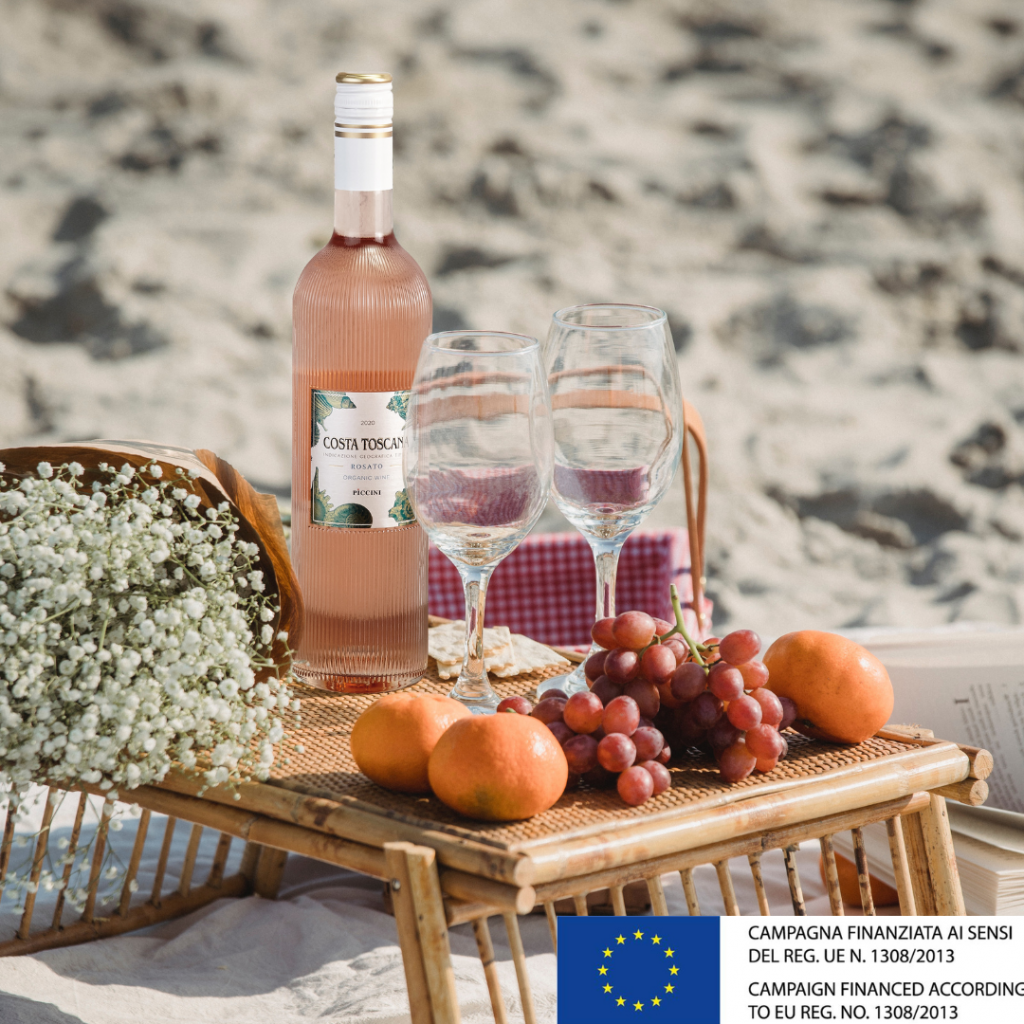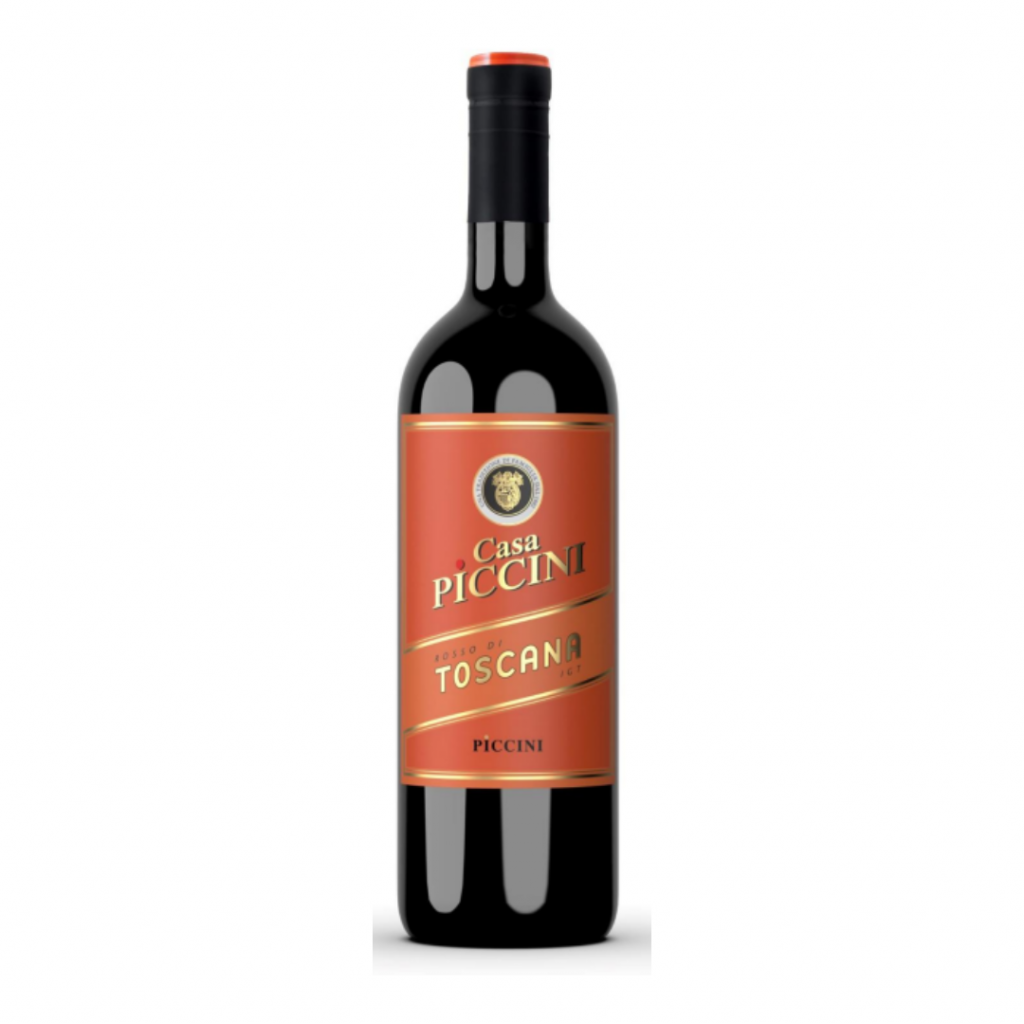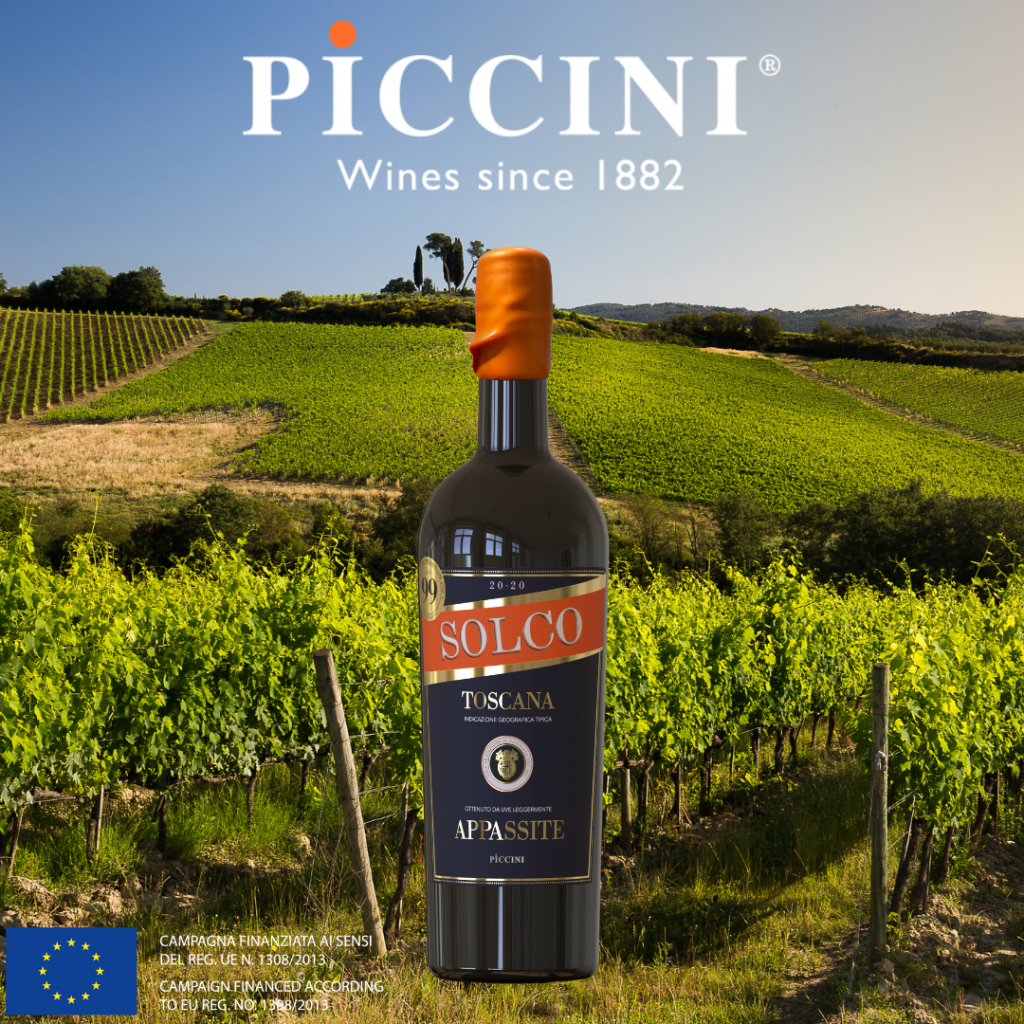Chianti and Beyond
Why Tuscany should be on your table this summer.
Chances are, even if you have never set foot in Tuscany, you’ll still have a very good idea its landscape, courtesy of countless hours of film and TV that have been dedicated to its tree lined vistas, hilltop towns and marble coated cathedrals.
And no mention of Tuscany is complete without its food and wine. Naples will claim pizza and Emilia Romagna has a roll call of produce including parmesan and prosciutto. Meanwhile Tuscan food is rooted in cucina povera, or ‘poor cooking’, used to describe the art of making everything go further. This includes hundreds of ways to use up day old bread, all of them delicious.
A similarly maverick approach has been adopted by the region’s winemakers. Tuscany can make claim to one of the world’s best-known red wines – Chianti, of course. As a category this covers a huge spectrum – from light, acidic reds that you might still find in straw wrapped bottles (going on to have a second life as a candle holder), to top tier Chianti Classico Riserva and Gran Selezione which spend more than 2-3 years ageing in barrel.
Changing The Rules
For centuries, Tuscany equalled Chianti in wine terms. Post-war, as producers struggled to start afresh, some become frustrated with the strict laws governing Chianti production, which they believed was allowing quality to decline in favour of quantity. A glimmer of revolution occurred in the 1980s as some winemakers began pushing the boundaries by including other grapes in the blends of red wines, a process strictly forbidden under Chianti laws. These wines had to be labelled as Vino da Tavola, or table wine, ironically, as some of these new ‘Super-Tuscans’ were being sold at prices far higher than their Chianti counterparts.

The rise of the Super Tuscans was a major marketing success, eventually resulting in the creation of the IGT Toscana denomination in 1992. This was an ‘anything goes’ ruling, allowing experimentation with varietals, ageing and winemaking which put Tuscany firmly back on the fine wine map. The Costa Toscana IGT followed in 2010, allowing producers close to coastal areas to differentiate with those produced inland.
Today, the Toscana IGT is a hotbed for innovation, allowing winemakers to push the boundaries beyond historic rulings and adapt wines to the needs of their sales markets. One example is the ability to produce white and rosé wines labelled as IGT Toscana. It has also allowed producers to create new styles of Sangiovese blended with other varietals – keeping the unmistakeable Tuscan taste of Sangiovese but adapted to appeal to a different audience.
On The Tuscan Radar
Casa Piccini Rosso di Toscana
Always with an eye on innovation, historic Chianti producer Piccini has come up trumps with a Rosso di Toscana, taking inspiration from their iconic Chianti Orange label to produce a Sangiovese-based wine blended with 20% Merlot and 10% Cabernet Sauvignon. Unoaked and fresh but with a soft, ripe finish, it keeps its Tuscan heritage with a modern style that makes it just as easy to drink on it’s own as it is with food.
1882/Solco Toscana Appassite
The art of making ingredients go further extends to wine with the increasingly popular appassimento style. This process is used all over Italy to add depth and flavour by fully or partially drying the grapes before fermentation to concentrate the sugars. The 1882 blend (so-called to celebrate Piccini’s year of birth) is predominantly Sangiovese, with intense dark fruit flavours and just a hint of sweetness on the finish.





